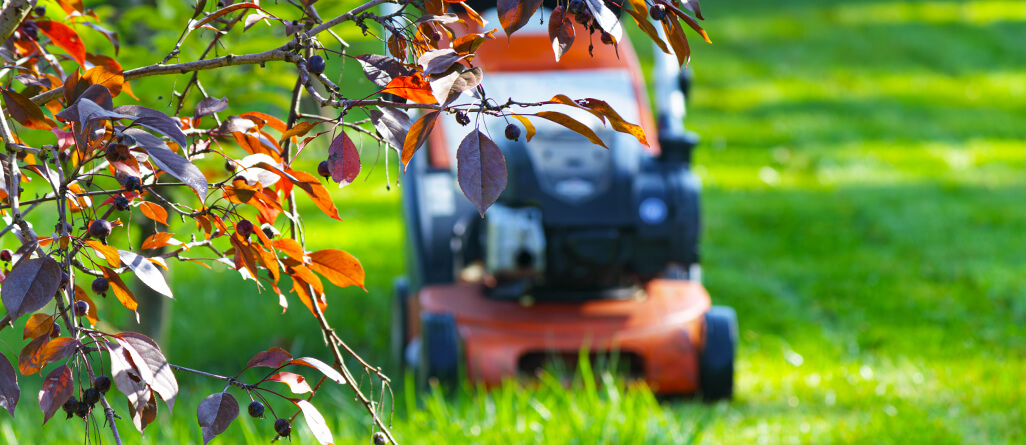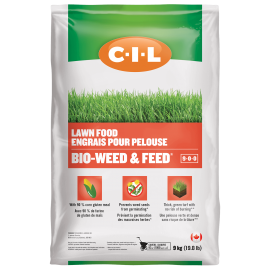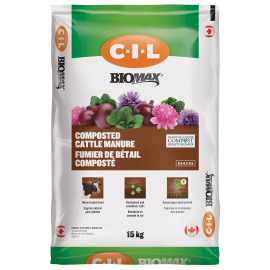Winter’s coming: when to stop mowing your lawn

Fall is here. You are probably busy tidying up before the winter by cleaning up planting beds, removing spent annuals and raking the leaves off the lawn.
You may have put the lawn mower away for the year since you think that it doesn’t need cutting anymore. But hold on: appreciate that your lawn continues to grow slowly until freeze up. With the combination of cooler air and fall rains, grass shoots and roots forge ahead to keep developing. Most people do their last lawn mowing of the season too soon.
The idea is to get this last mowing done to cut any long grass that has fallen over, and that the mower will shred the last of the leaves. Grass blades that are left too long will fall over, smother the crown and could lead to fungal disease, such as snow mold. As well, wet matted leaves will choke out the grass from re-growing next spring. Rodents such as voles often like to make trails in long grass under the snow cover.
A late last mowing will take care of these potential issues.
How high should you cut your grass in the fall?
WARNING: There is a persistent rumour going around that cutting your lawn extremely short before the winter is beneficial. Some misinformed homeowners were cutting the lawn down to 2.5-5 cm (1-2 inches).
If you cut the grass blades that short, your lawn may go hungry over the winter, lose its reserves, allow weed and crabgrass seeds to find a home, expose the fragile crown of the plant to the elements and the lawn will likely spend the spring recovering from shock. Add to that all the extra hand raking/bagging required to clean up your excess clippings.
Don’t shave and scalp your lawn in the fall!
Let the grass have room to absorb the sun’s rays. Grass stores the necessary carbohydrates in its roots and crown – the part of the grass plant right above the soil that the leaf blades grow from. These carbohydrate reserves help grass resist winter injury and disease, and they serve as an energy source for growth the following spring.
Cutting too short shocks the grass, makes it harder for the plant to absorb the sun’s rays that are key to photosynthesis, and can easily damage the crown of the grass plant.
Ideally, your mowing height over the summer months is 8-10 cm (3-4 inches). Experts suggest that it is OK to lower your cutting height, but only slightly. The height for the last cut should be about 1.25-1.9 cm (½-3/4 inch) lower than in the summer.
If your mower is difficult to lower (some require manually unbolting each wheel and re-setting down one notch), you can leave it at summer height. Just make sure to do that last mowing to ensure that long grass blades are cut and that leaves are shredded and scattered before the snow falls. If your mower has a quick height change feature, then go ahead and lower the mower one notch.






